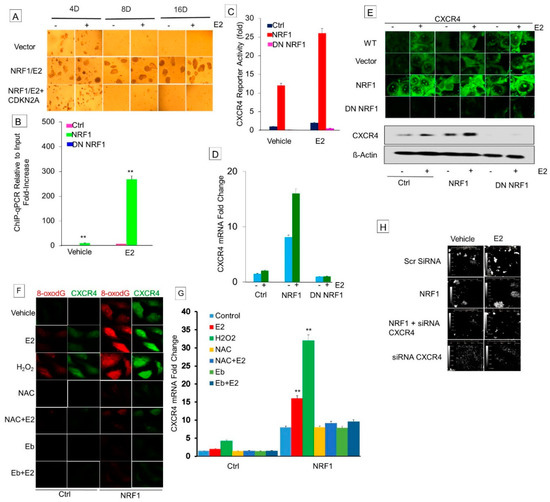Archives: Customer Publications
Controlled Conditions Reduce Critical Edge Effect in 96-Well Plates
Journal: SOT - Society of Toxicology (2019)
Research Areas: Method development
TAAR1 Functions as a Cancer-Inhibiting Gene in Breast Cancer
Research Areas: Cancer Research
Cell Lines: MB-MDA-231
Lipopolysaccharide promoted proliferation and adipogenesis of preadipocytes through JAK/STAT and AMPK-regulated cPLA2 expression
Journal: International Journal of Medical Sciences (2019)
Research Areas: Cell research, Inflammation
Cell Lines: 3T3-L1

Moving into a New Dimension: Tracking Migrating Cells with Digital Holographic Cytometry in 3D
Journal: Cytometry Part A (2018)
Research Areas: Cancer research

Nuclear respiratory factor 1 acting as an oncoprotein drives estrogen-induced breast carcinogenesis
Journal: Cells (2018)
Research Areas: Cancer research
Cell Lines: MCF-10A, MCF-7, and MDA-MB231

Lack of LTβR Increases Susceptibility of IPEC-J2 Cells to Porcine Epidemic Diarrhea Virus
Journal: China (2018)
Research Areas: Cell research
Cell Lines: IPEC-J2

The connection between the cardiac glycoside‐induced senescent cell morphology and Rho/Rho kinase pathway
Journal: Cytoskeleton (2018)
Research Areas: Cancer research
Cell Lines: HeLa

Evaluation of Holographic Imaging Cytometer HoloMonitor M4 Motility Applications
Journal: Cytometry Part A (2018)
Research Areas: Cancer research
Cell Lines: 1205Lu and WM793

Actin polymerization and cell motility are affected by NAA80-mediated posttranslational N-terminal acetylation of actin
Journal: Communicative & Integrative Biology (2018)
Research Areas: Cell Research
Cell Lines: HAP1
Not all those who wander are lost: A study of cancer cells by digital holographic imaging, fluorescence and a combination thereof
Research Areas: Cancer research